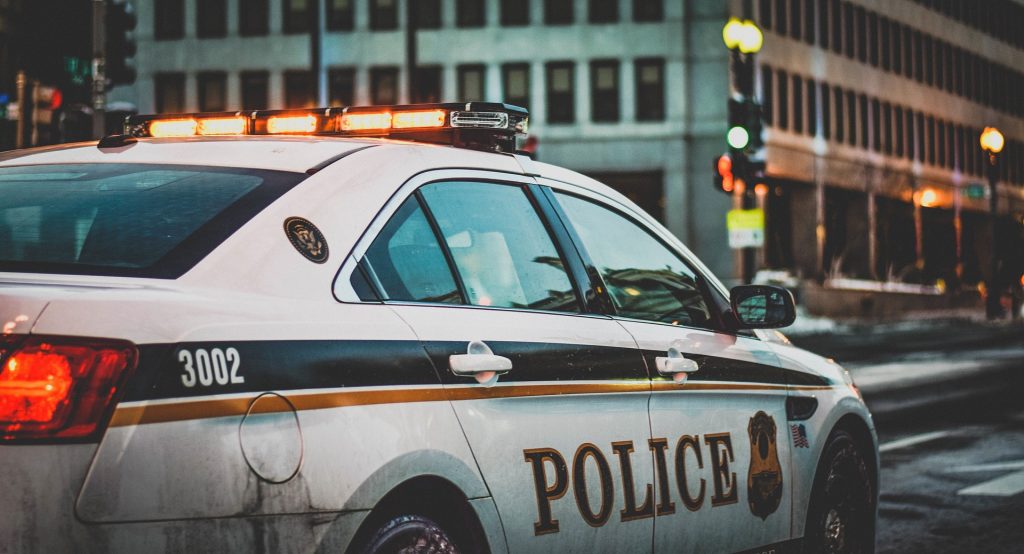
Image Credit: Pixabay
By Saul Roth
Throughout my career as a police officer, I recall several police officer suicides. Some I knew personally and some I heard about in the news, as did the general population.
In the last two years, I recall one in my precinct. He used his service revolver to commit suicide. Another officer was found hanging from a tree in a park. The official cause of these suicides was not revealed through official channels. What is known is that one had a medical condition, and the other had family problems. It is very possible that some, if not all, of their problems were related to their police work. It is not only active police officers that commit suicide, though.
News 12 Long Island reported on December 12, 2013 a retired police officer that committed suicide. The report stated that he was being evicted from his home. This officer used his gun to commit suicide (Long Island Newsday, 2013). A police officer suicide is hard to distinguish from that of the general public, as only 22 states require the medical examiner to list the suicide victim’s occupation on the death certificate.
The Department of Health and Human Services (DHHS) and the Centers for Disease Control and Prevention estimate that there are between 60 to 130 police suicides a year in the 22 states that report occupation on the death certificate.
Robert Douglas, a police suicide expert of the National Police Suicide Foundation, estimates that with the additional 28 states included, the police suicide rate per year is actually 300 to 400 officers. The National Law Enforcement Memorial Fund reports that between the years 1995 and 2005, the average number of line of duty deaths is 164 per year. The police suicide rate is therefore double the police line of duty death rate. Police suicide is a subject that most law enforcement agencies would rather ignore (Kelly, 2006).
From my police experience I believe this is because acknowledging police suicides would mean developing programs, educating officers and their families, and having resources, which involves time and money for any jurisdiction. The primary goal of a law enforcement agency is to prevent crime and thus, internal problems take a backseat to the department’s main goal.
In addition, the governor of West Virginia ordered a police suicide review. His review started in 2007 and was based on statistics from the National Police Suicide Foundations findings. The findings showed that most officers were near their home when they committed suicide. Most also used their service weapon. This review was initiated after the suicide of Corporal Mario Gonzales of the West Virginia State Police. Gonzales died from a self-inflicted gunshot wound. He was found in full uniform in his police car in front of his home.
Before the start of the study, it was believed that administrative stress caused his suicide. Violanti (2010) also used statistics from the National Occupational Mortality Surveillance to compare the rates of suicide for police officers, firefighters, and military personnel. Twenty-eight states from different regions of the U.S. were evaluated with over 8.5 million death certificates. The death certificates were compared to census reports from 1980 and 1990 to verify employments.
The study broke down the professions into police officers and detectives, then police supervisors. The other professions were kept to one category: firefighter and military personnel. The study incorporated records from 1984 through 1998.
The military personnel had the highest rate of suicide per year with a mean number of 116. Police officers of both categories had the second highest suicide rate with a mean number 77. Firefighters had the least suicides with a mean number of 17. Georgia had the highest percentage of police suicides, followed by New Jersey, and then Ohio.
The study revealed a slight decrease in suicides in all three professions. Strikingly, the police had experienced the lowest suicide decrease (Violanti, 2010).

Recent Comments